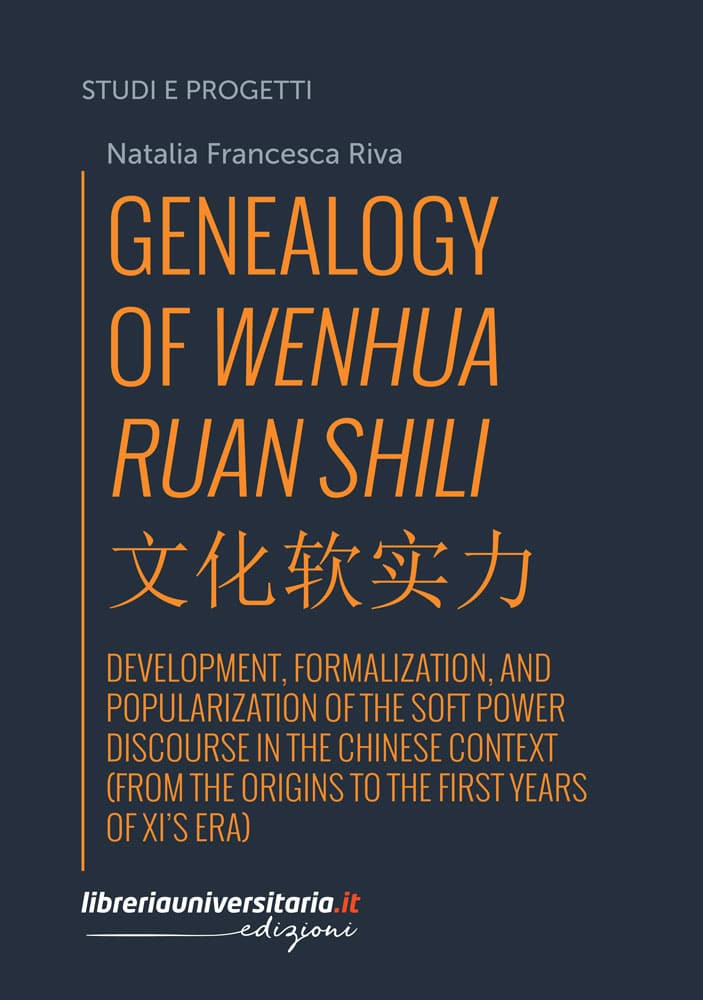Descrizione
With the goals of making China a cultural powerhouse and the Chinese voice heard globally being a priority for the current Chinese leadership, understanding China’s soft power has never been so crucial. The topic receives unceasing attention, with numerous scholarly and media analyses examining the effectiveness of China’s soft power strategy, its instruments and mechanisms, and its evolution from Hu Jintao’s to Xi Jinping’s era. This book adopts a different approach seeking to reconstruct the journey of Joseph Nye’s soft power theory to the People’s Republic of China and understand what soft power actually means – conceptually and discursively – in the Chinese context. Its focus is the genealogy – the concept’s historical background, its process of study and evolution, formalization, and popularization – of China’s official vision of soft power: cultural soft power – wenhua ruan shili. In order to investigate the construction and dissemination of the mainstream narratives of wenhua ruan shili, the book takes the perspective of the Chinese discourse on soft power (intellectual and politico-institutional), offering a critical examination of both theoretical discussions within Chinese academic circles and official views conveyed in Chinese leaders’ political speeches and government documents as well as in Party-State media news reports.
Understanding China’s Cultural Soft Power. An Introduction
1. Translating “Soft Power”
2. Chinese Soft Power Discourse in Intellectual Circles
3. Grounding Soft Power in Tradition
4. Official Discourse on Soft Power in Contemporary China:
Culture as a National Strategy
5. Views on Cultural Soft Power Following the Advent of Xi Jinping’s Era
A Western-born Concept’s Journey to the East. Concluding Remarks and Future Directions
Reference List






